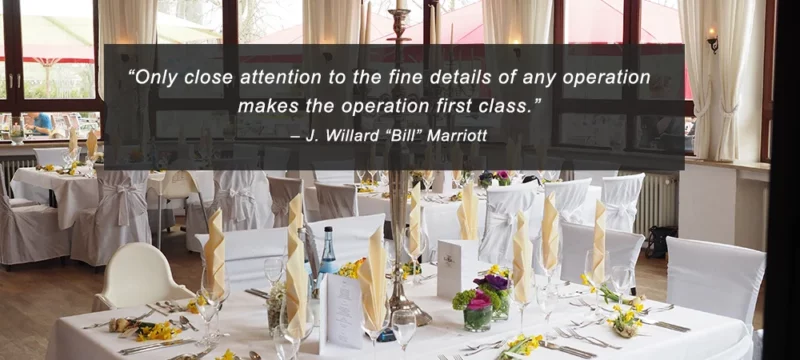The state of dining service in the USA has become a fascinating, if infuriating, contradiction. Just the other night, I watched this whole dysfunction play out in real time. A $750 bill for the table, a hundred bucks plus tacked on for the mandatory tip, and yet the experience felt less like genuine hospitality and more like a high-priced chore. This failure is present across all levels of dining in the USA, regardless of the check average.
Pour your own drinks, flag someone down just to get the salt and pepper, and then the final insult: the bill slammed on the table before anyone asked, the universal signal for “My shift is over, your presence is now inconvenient.” It’s an utter abandonment of the art of service.
There is a reason the job role is historically called Waiter—you wait on the table, you operate at the guest’s pleasure, and your entire focus is centered on enhancing their experience. Yet, dining in the USA is invariably about the “Server” and what works for them. We hear the familiar litany of excuses: “Oh, I’m going home now, so let’s close the bill.” Or the classic, “Oh, this is not my section, you’ll have to wait.” And then there is the constant, disruptive interruption to ask, “Is everything tasting alright?”—not out of genuine observation, but purely to tick a box—while simultaneously failing to perform the most basic task, like topping up a visible, empty glass. It’s a systemic culture that prioritizes the server’s schedule and convenience over the customer’s experience.
In the world of genuine hospitality, Product is brought to life by Service. You can have the best sommelier-selected wine and a perfectly executed, Michelin-worthy dish, but when your service is truly shit, it simply doesn’t matter how good the product is. The memory of the rushed bill and the dry glass lingers far longer than the taste of the excellent steak. It’s like buying a Formula One car but having to push it into the garage yourself because the pit crew is on a break—the efficiency of the machine is irrelevant when the people fail.
This whole model, where the tip is now an assumed wage supplement that demands no corresponding commitment to customer orientation, is fundamentally broken. It’s high time that customer orientation was not just a lazy buzzword tossed into a mission statement but an actual, measurable practice at large in this sector of the industry. If you want to be in the hospitality industry, you must act the part. Until service becomes a genuine act of waiting on the guest—and not merely the process of delivering an item and demanding payment—dining in the US will remain an exercise in expensive self-service.
Life is so tech. But quality service remains stubbornly human.
Mark Fancourt



